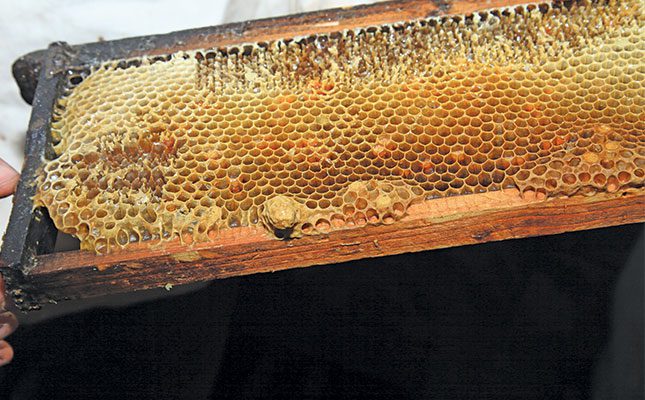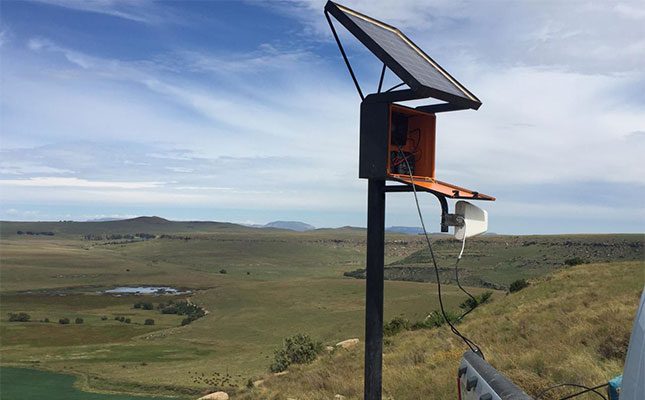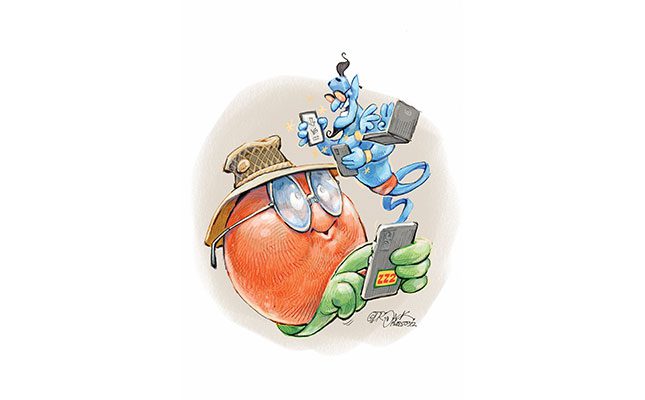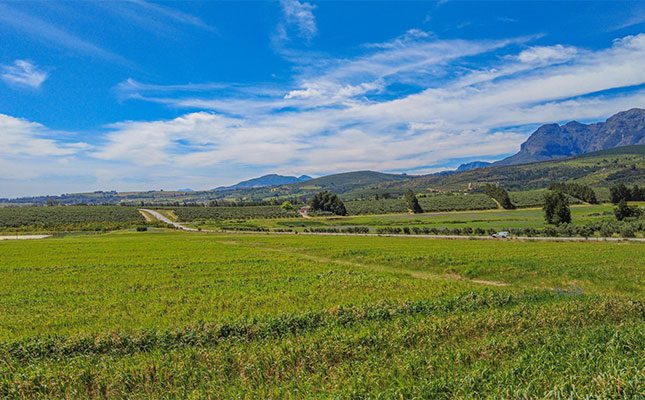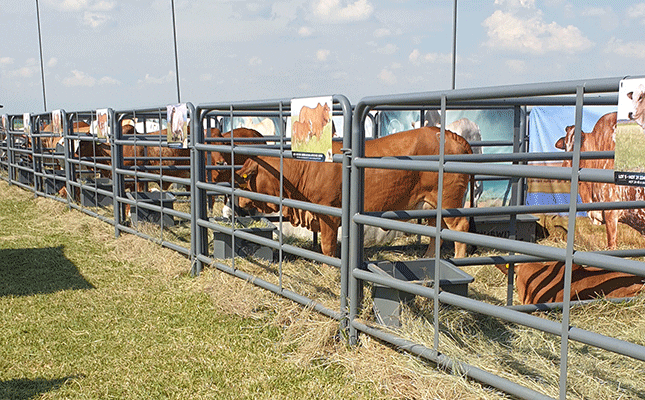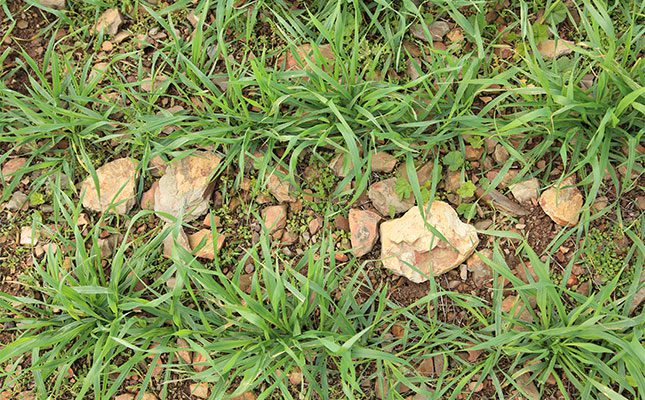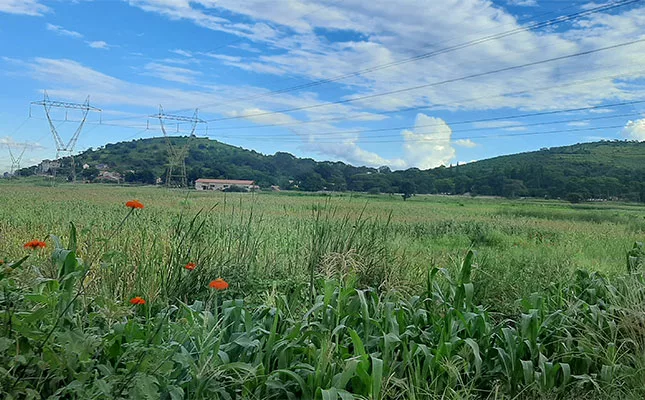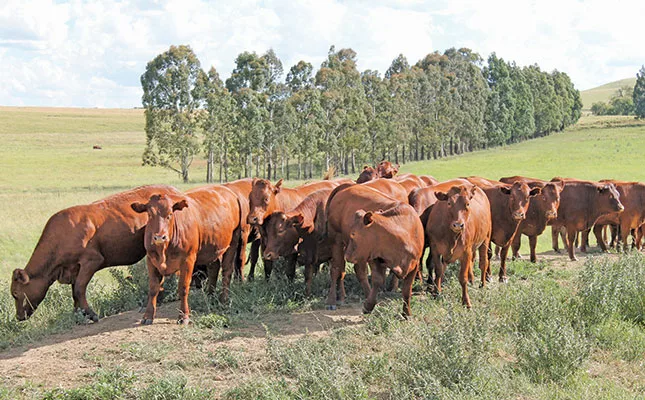
Rossouw argues that stronger biosecurity measures are essential for South Africa’s livestock sector to maximise its role in global meat markets.
Animal production is the largest component of the country’s agriculture sector, accounting for more than half of its total value. It sustains thousands of commercial and emerging farmers and supports millions of jobs along the value chain, from feedlots and abattoirs to transporters, retailers, and exporters.
While domestic demand accounts for a substantial share of livestock consumption, lacklustre economic growth has kept real disposable income largely stagnant. Thus, export markets offer a key avenue for growth despite increasing risks and shifts in the global trade landscape.
Barriers to export
Recurring animal disease outbreaks hinder this growth potential. Foot-and-mouth disease (FMD), avian influenza, and swine fever have all triggered trade bans, wiping out billions of rands in potential exports.
When export markets like Saudi Arabia, China, or the EU close their borders to imports from South Africa, the country loses sales and long-term credibility. Buyers quickly turn to competitors like Brazil, Australia, or Namibia, which can guarantee a consistent, disease-free supply. Rebuilding those relationships takes years, if it’s even possible.
It is even more frustrating that South Africa has everything it needs to be a global meat powerhouse: high-quality beef, lamb, pork, and poultry with a reputation for excellent flavour. Strong demand exists, particularly in the Middle East and Asia, where protein consumption is rising. But these opportunities may remain out of reach without reliable biosecurity and traceability.
It’s not just about export markets
Domestically, per capita meat consumption has held steady and is expected to grow. Yet animal disease outbreaks impose significant costs across the value chain.
Farmers bear the cost of vaccinations and containment; government covers outbreak control and compensation expenses; movement bans disrupt sales to feedlots and abattoirs; and disease outbreaks decimate flocks and herds, forcing costly restocking.
Consumers face higher prices due to reduced supply, and subsistence farmers – without the capacity to absorb losses or access online auctions – often endure financial distress, forced sales, or layoffs.
The challenge lies not in farming expertise but in a fragmented and underfunded animal health system. Surveillance, vaccination, and traceability are patchy; government-industry coordination is inconsistent; emergency responses often arrive too late; and gaps in the system allow diseases to spread faster than they should, making export bans and costly containment inevitable.
Recent momentum brings hope
Despite these challenges, there are signs of progress. At the National Biosecurity Summit held at the University of Pretoria in June, stakeholders from government, academia, and industry committed to a five-year national biosecurity strategy. Proposals included new legislation, enforceable protocols, a farm-to-ship traceability system, and greater alignment across sectors.
Similarly, co-operation during the recent FMD outbreak is encouraging, with the Department of Agriculture and industry partners swiftly containing and vaccinating affected feedlots.
Also encouraging is research by Red Meat Industry Services to validate that the FMD strains in South Africa differ from the fatal strains experienced in the rest of the world, helping to clarify export risks and rebuild confidence in international markets.
This momentum is reassuring yet fragile. Sustained commitment, properly resourced strategy implementation, and structural reform are crucial. Revitalised vaccine infrastructure, legislated traceability systems meeting international standards, and enhanced public-private partnerships form the blueprint. Shared responsibility across the value chain, from soil to shipping, is essential.
Business needs to step up
These measures need investment and stakeholder alignment, and Nedbank demonstrates leadership by sponsoring several agricultural initiatives. These sponsorships, while symbolic, reinforce the bank’s commitment to empowering producers, strengthening industry resilience, creating platforms for dialogue, and advocating for stronger biosecurity norms.
Our sponsorships include the Milk Producers’ Organisation (MPO) Nedbank Stewardship Awards, which promote sustainability excellence and best practices in the dairy industry; and the MPO Western Cape AGM and the Red Meat Producers’ Organisation (RPO) Congress 2025.
At the RPO Congress, producers highlighted the value of traceability systems, not only for export compliance but also as early warning tools for disease control. Traceability also enables better income, more efficient production, and higher-quality products that command premium prices.
The producers agreed that large-scale adoption could reduce the impact of disease outbreaks, which currently require sealing off vast areas due to uncertain animal locations.
The stakes are high, and the choice is clear. The livelihoods of thousands, national food security, and the future of South Africa’s animal product exports hinge on turning this crisis into transformative progress.
Unless biosecurity and traceability become national priorities, the agriculture sector will remain under pressure and risk losing access to critical export and growth opportunities, limiting benefits for farmers and rural communities.
For more information email [email protected], or visit nedbank.co.za/agriculture.

